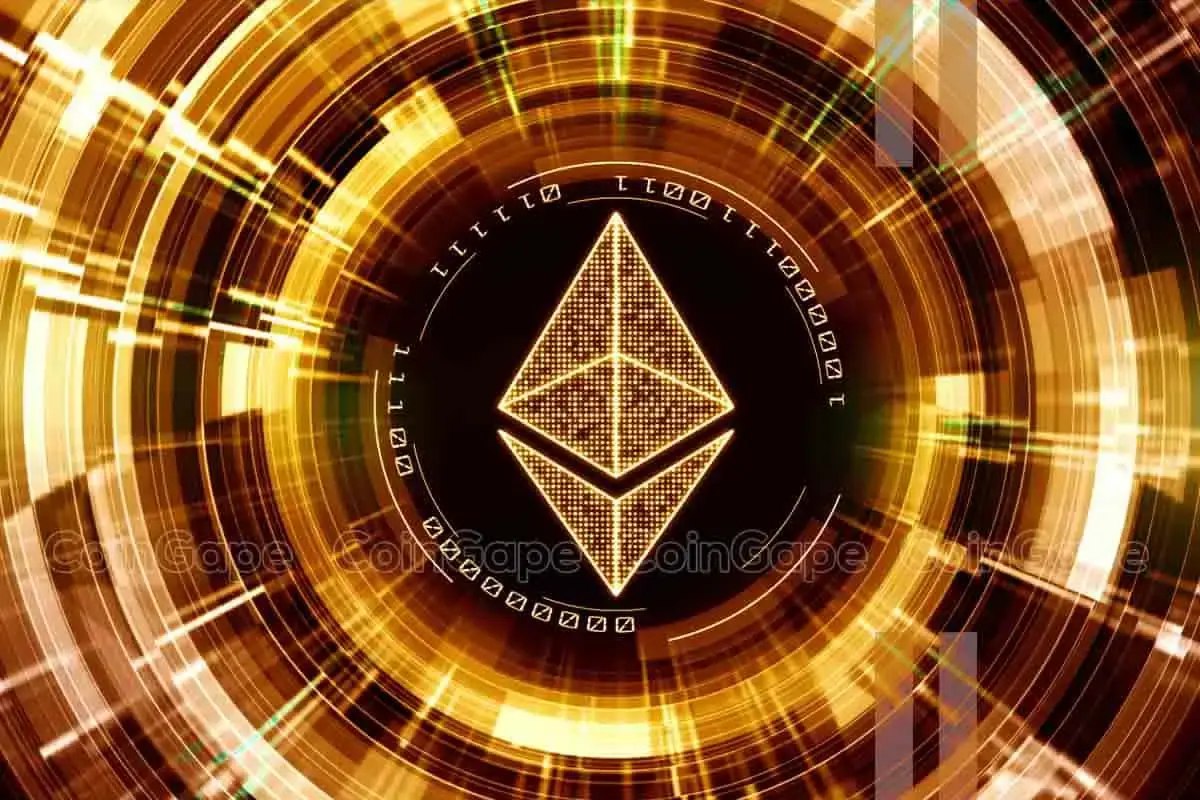

Ethereum’s Pectra Upgrade goes live on May 7, and the crypto community can’t seem to keep calm. It’s one of the most talked-about changes to hit the network since the Merge.
The upgrade is said to make transactions on L2 cheaper and more efficient. By merging the Prague and Electra tracks, this upgrade brings a mix of changes focused on usability, scalability, and fee efficiency. Especially so for Layer-2 users.
One of the headline changes is how Ethereum will handle data blobs. These blobs store compressed rollup data sent to the mainnet. The upgrade increases the target from three blobs per block to six and raises the cap to nine. That gives rollups like Arbitrum and Base more room to send data without fighting for space.
With this, analysts project a 30–40% reduction in Pectra L2 fees, bringing average swap costs tantalizingly close to one cent.
Ethereum Pectra Upgrade Makes Wallets Smarter and Staking Lighter
The Ethereum Pectra Upgrade also revamped wallet interactions and streamlined staking processes.
EIP-7702 lets users batch multiple actions into one transaction and pay gas with ERC-20 tokens. It brings everyday users one step closer to seamless smart wallet experiences—no more stressing over ETH for gas or juggling multiple steps for a single action.
For validators, the Pectra upgrade raises the staking cap from 32 ETH to 2,048 ETH. Well, not to mention this lets large operators combine many validators into fewer nodes, helping cut down on costs and reduce messaging complexity. Small stakers won’t see any changes and can still join with 32 ETH.
Developer Tools Grow, But Mainnet Gas Stays Steady
Pectra also gives developers a cleaner experience. New cryptographic functions like BLS12-381 make it easier and faster to verify zero-knowledge proofs.
On top of that, modular contract layouts enhanced code flexibility, easing the auditing process considerably. Importantly, despite these significant upgrades, mainnet gas fee rules remained untouched, ensuring predictability while optimizing L2 efficiency.
In the long run, the Ethereum Pectra Upgrade lays the groundwork for broader adoption by improving both the experience and the efficiency of using Ethereum.
With a direct impact on Pectra L2 fees, it’s a crucial step in making the network more usable for both developers and everyday users.
As the Ethereum community gears up for the Pectra Upgrade tomorrow, Vitalik Buterin’s recent remarks are also a reminder that while usability and efficiency upgrades matter. He said that layer-2 security depends on the strength of the underlying proof systems. Even as Pectra introduces major improvements for L2s, developers and users must continue to weigh security guarantees to build safer and more resilient scaling solutions.
Joseph Lubin reflects on Ethereum’s 10-year run
Looking back on a decade of growth, Lubin called the Pectra upgrade a major step for the blockchain.
“Nearly 10 years of uninterrupted uptime… 16 flawless upgrades—and this is a big one,”
He described Ethereum’s progress as a steady effort to build a decentralized global system rooted in credible neutrality and censorship resistance. For many, Pectra is a continuation of the efforts that Ethereum has put into staying scalable, secure, and relevant. And in Lubin’s words, it’s a big one.
The post Ethereum’s Pectra Upgrade Sets Stage for Cheaper L2 Fees: Details appeared first on CoinGape.
